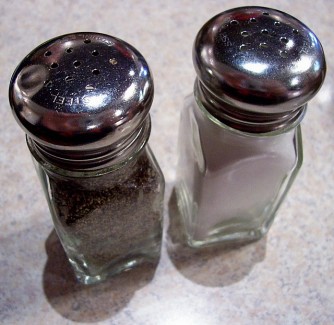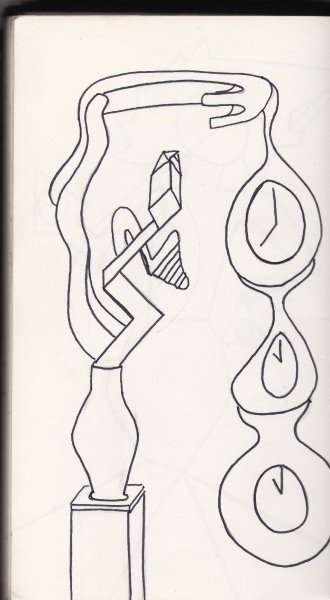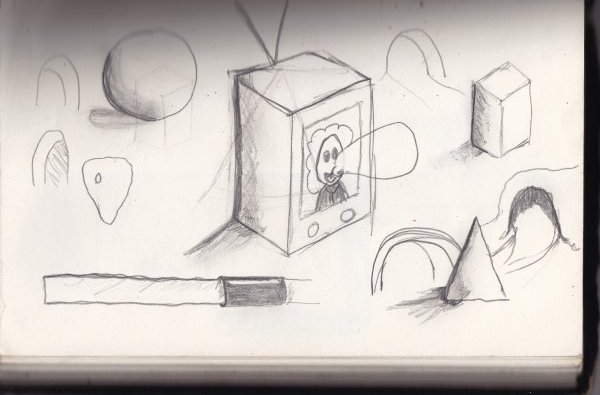
Control salt intake for a healthy liver (Photo Credit: Creative Commons)
Who doesn’t LOVE to eat, especially those delicious guilty pleasures! One of the most treasured conveniences of our generation other than technology and the internet is easy access to a diverse array of specialty foods and ethnic cuisines, and of course, fast food. But if you are one of the many people living with a health condition like cirrhosis, it may NOT be in your best interest to indulge ALL of those fast food cravings. It is believed that the diet best for you is a diet containing minimal salt.
Maintaining a low-salt diet helps people dealing with cirrhosis decrease. A low-salt diet minimizes a person’s chances of developing complications such as having severe edema (a buildup of fluid) in the abdomen and legs. Excess dietary sodium or a sodium imbalance plays a significant role in causing edema. The fluid buildup makes it difficult to breath and can cause infection.
Maintaining a low-salt diet is not as difficult as it sounds. There are various ways to follow a simple diet plan that minimizes dietary sodium intake. The recommended dietary daily sodium intake is 2000mg. Please note that the guidelines are evolving; the recommendation by 2020 is a mere 1500mg per day of sodium. It is important to keep track of your salt intake by knowing just how much sodium is actually in the foods you are eating. Take note that in the United States, a typical one day diet has approximately 4,000 mg of sodium. A teaspoon of salt alone contains 2,000 mg of sodium. Start reading food labels and evaluate how each dish you plan to eat could affect your day’s diet. If you need additional guidance and/or support, consult a health professional to assess your current diet and help you plan a low-sodium regimen.
Cook your food with less salt. Packaged foods as well as those foods from restaurants are typically higher in sodium than fresh foods we prepare ourselves in our own kitchens. The best option is to use fresh or frozen meats and vegetables. If you must use canned, rinse canned vegetables very well and flavor your dish with spices other than salt or soy sauce.
Finally, move that saltshaker off of your dining table! Out of sight out of mind! Limit your salt use to during cooking only. This gesture of putting away the saltshaker could be a vital step towards keeping your liver health in check.































Awsome site very informativ content keep on doing what you do best and cheers for sharing
Wonderful! I have been looking for exactly this , thanks for posting, lliver cleansing diet.